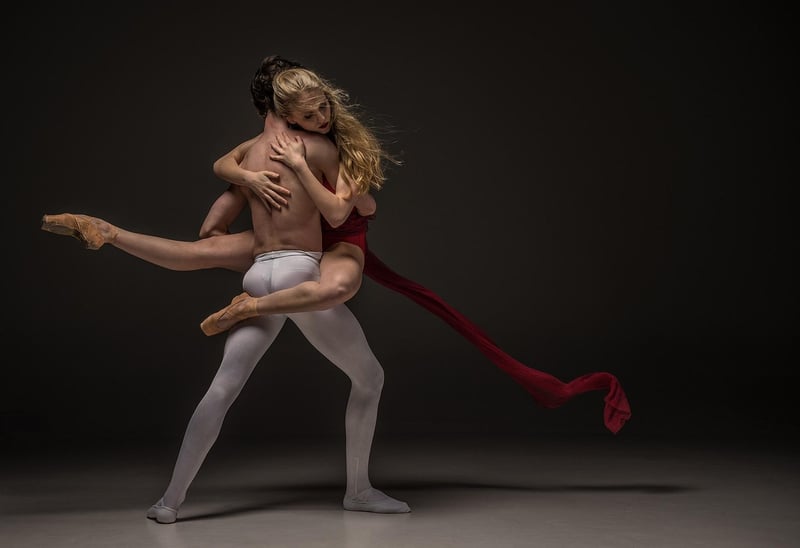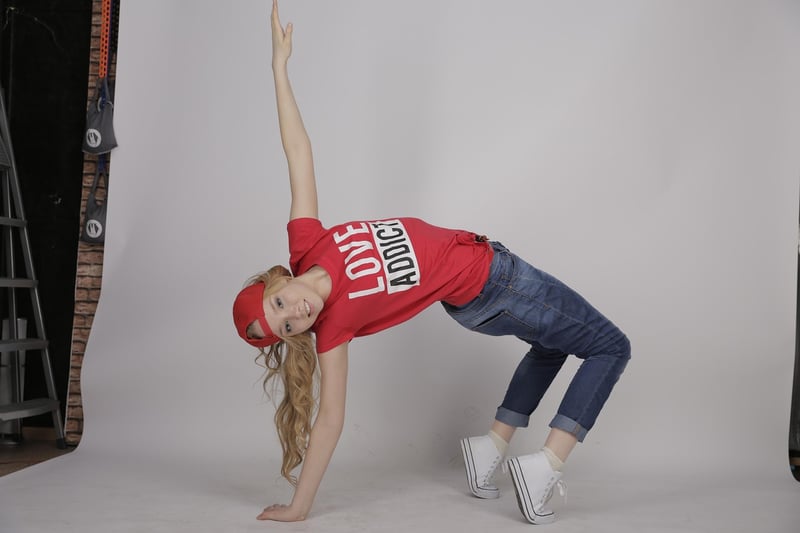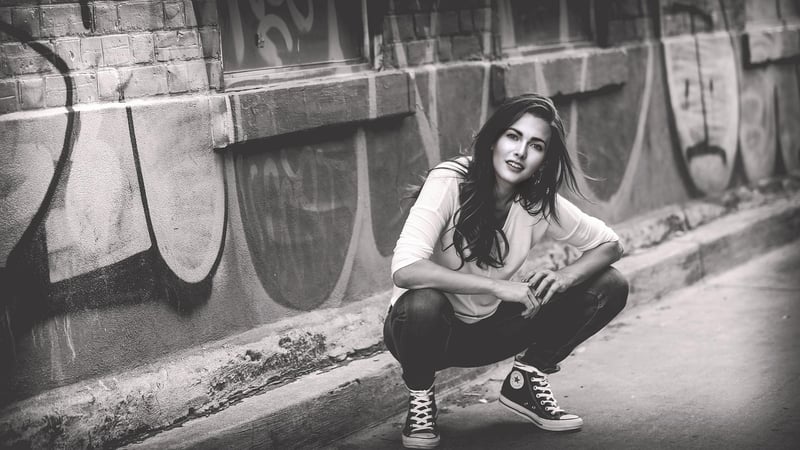Hip Hop
Exploring the Fusion of Expressive Movement Art and Hip Hop

When we think of expressive movement art, we often envision graceful ballet dancers or contemporary performers conveying emotions through physicality. However, in recent years, a new form of artistic expression has emerged that blends the fluidity of movement art with the energetic beats of Hip Hop music.
The Origins of Hip Hop Dance
Hip Hop dance originated in the 1970s in the streets of New York City, influenced by a mix of African, Caribbean, and Latino dance styles. It was a way for marginalized communities to express themselves and showcase their creativity through movement.
Expressive Movement Art Meets Hip Hop
The fusion of expressive movement art with Hip Hop brings a unique blend of fluidity, strength, and storytelling to the dance floor. Dancers combine intricate footwork, powerful body isolations, and emotive gestures to create a captivating performance that transcends traditional dance forms.
Key Elements of the Fusion
- Emotion: Dancers use their movements to convey a range of emotions, from joy and passion to anger and resilience.
- Rhythm: The dancers synchronize their movements with the rhythm of the music, creating a seamless connection between body and beat.
- Creativity: Choreographers and dancers explore innovative ways to interpret Hip Hop music through expressive movement, pushing the boundaries of traditional dance forms.
Impact and Popularity
The fusion of expressive movement art and Hip Hop has gained popularity in the dance community and beyond. It has been featured in music videos, stage performances, and even in mainstream media, showcasing the power and versatility of this dynamic art form.
Whether you're a fan of contemporary dance or a Hip Hop enthusiast, exploring the fusion of expressive movement art and Hip Hop is sure to inspire and captivate audiences around the world.

Join us in celebrating the artistry and creativity of this exciting fusion that continues to push boundaries and redefine the world of dance!
